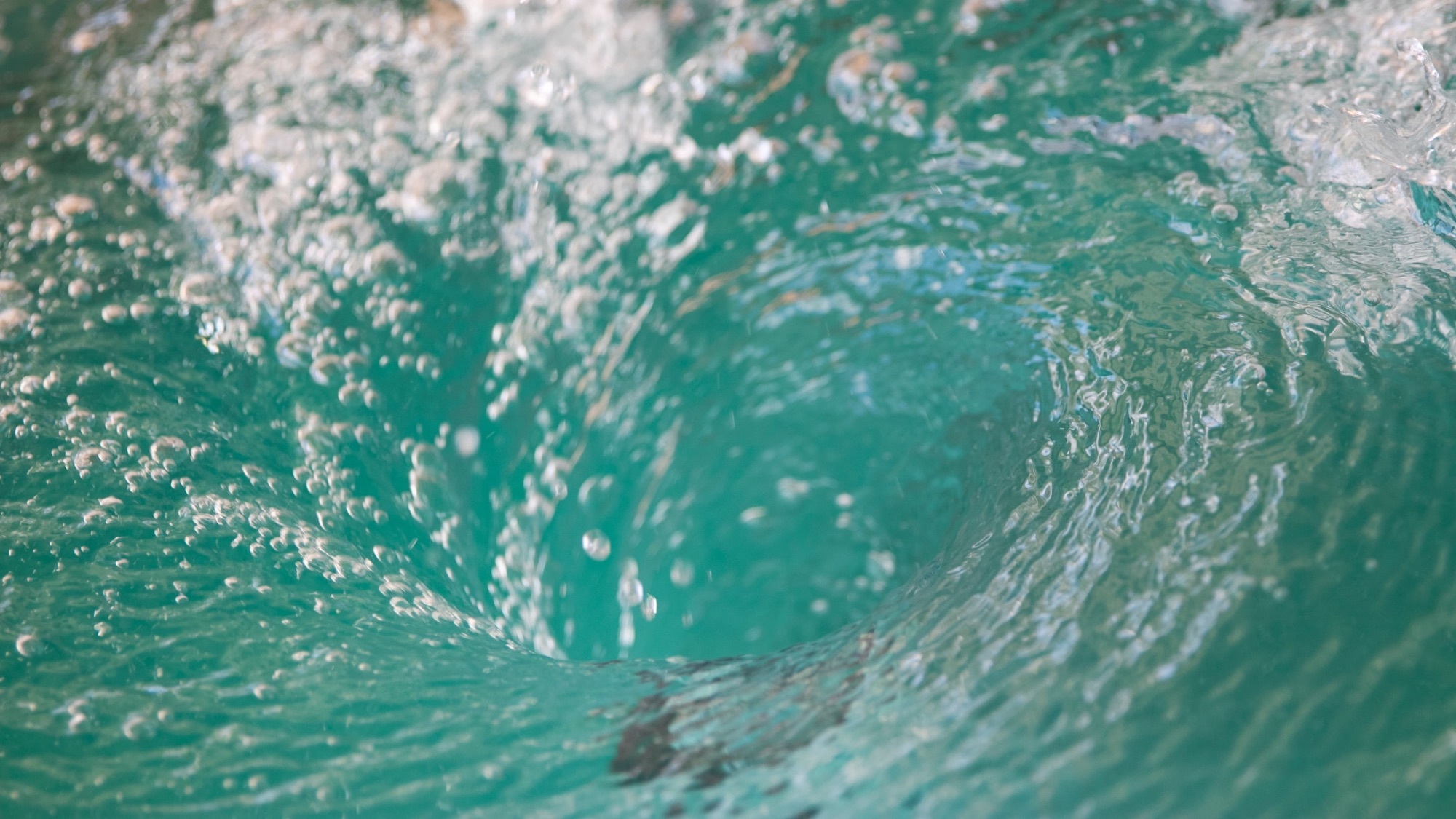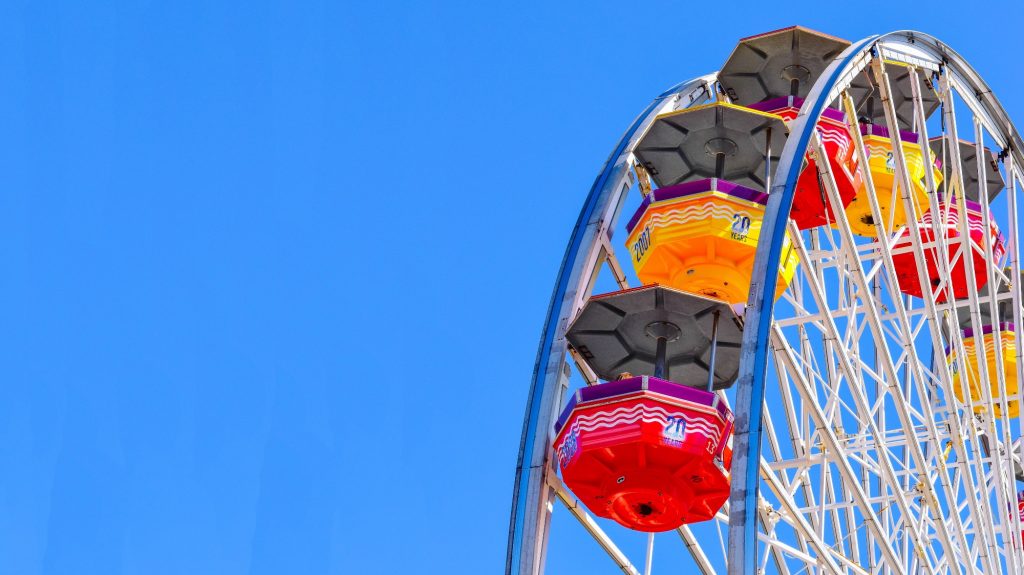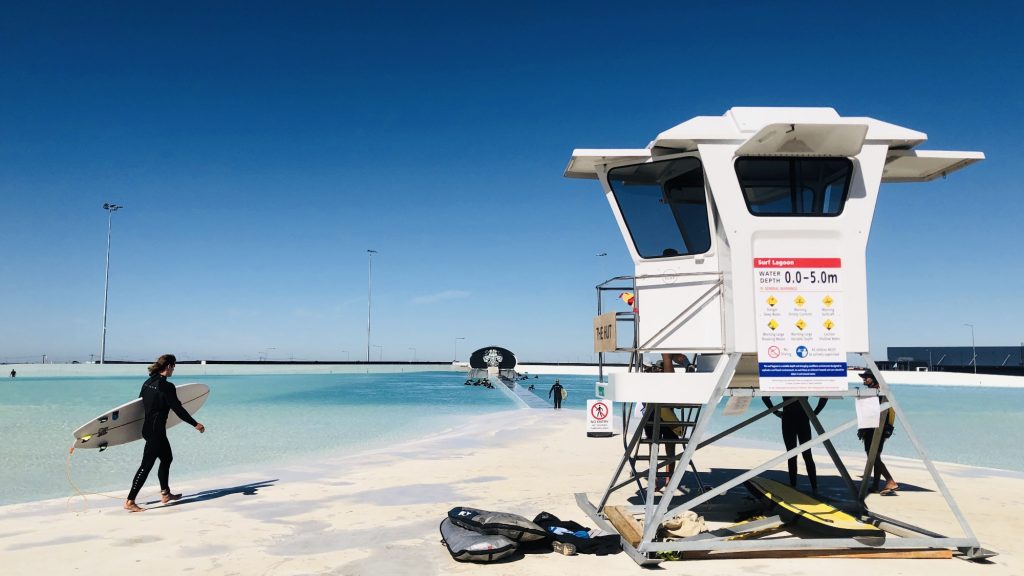What happened to BJ Penn? Unraveling the How and the Why of a surf tragedy

A wave pool near-death experience places surf tank safety in the spotlight and forces the question “How do you make safety standards for a wave pool?“
This week UFC superstar BJ Penn posted about his near-death experience at an un-named wave pool when he got sucked into the engine room. In the Instagram post, Penn shared his nightmare in great detail.
“I remember feeling like I was getting sucked in a pipe and at that moment I got scared,” wrote Penn. “It ended up pushing me into a big dark cement room that fills up with water to push the next wave for the wave pool.”
Penn recounted the chamber filling up with water and how he’d have to hold his breath between waves all while being battered around inside the engine room. Penn told himself to survive for the sake of his kids. The experience was so gnarly that he fractured his face in two locations.
“Maybe I was the first guy in history to get sucked into a wave pool engine room while it is in operation,” said Penn. “But no matter what happens in life and no matter how scary it is, if I can offer you any advice I would just say to stay calm.”

So where did it happen?
WavePoolMag sent out queries to several wave pool makers and parks. While no one has stepped forward to say, “Oh yeah, that was our system” speculation as to where it occurred was all over the map.
As competition for wave park contracts heats up, there’s plenty of finger-pointing in the wake of this incident.
One industry leader sent us a link to BJ’s post, naming a specific surf park that uses a competing technology. We reached out to the suspected facility and received the following reply.
“This incident did not occur here,” said the General Manager of the park. “Our facility is designed in a way that wouldn’t allow that type of incident to occur. But regardless, we’re all just stoked that BJ Penn is all good and healthy.”
One technology company said their design has a grating in place over the chamber outlets to prevent anyone from being sucked into the chamber.
Another theory is that it happened at a test facility, not yet public.

How did it happen?
All open-to-the-public wave tubs see thousands of guests each year, meaning the number of surfers enjoying sessions at any of the world’s wave pools numbers in the hundreds of thousands. Why did it happen now to just one single individual?
Theories range from machine malfunction to bad positioning. Penn said the initial “false wave” of the set backwashed, pushing him too close to the wall. What’s puzzling is that even as the wave pushed him down and into the chamber, a grate over the intake would have kept the UFC celebrity out of the death room.
Currently in the Wild West of wave pools there are no set standards for either development or operation. All those guidelines fall under local jurisdiction. Wave parks are totally new, which kinda freaks out municipalities. If a developer proposes a golf course or a waterpark, the community board knows exactly what to expect and which codes will be applied to ensure public safety.
Wave pools are like Napolean Dynamite’s Liger, the lion/tiger hybrid, and no one knows to which cage it belongs at the zoo.
No one knows what to do with a Liger
NLand in Austin was hamstrung with community swimming pool guidelines, which would have required massive amounts of chlorine and other measures simply not feasible in such a large body of water. Wavegarden Scotland, Coral Mountain, Thermal are all facing opposition from neighbors who don’t know what to expect. In many cases, neighbors are simply against any kind of development that occurs after their own house was built. But once there are more wave pools around, people will have a sense of what to expect. Good and bad.
The second component in this fledgling industry, and what factors into BJ Penn’s experience, is that there are no across-the-board safety standards for wave pools. If regulations required grates or netting over intake areas with strong suction, then Mr. Penn would not have been sucked into that concrete chamber.
How do you establish standards for wave pool?
The safety protocols for wave pools would have to factor into a wide variety of technologies. There are several methods for creating waves in an artificial setting. Surf Lakes and the Palm Springs Surf Club demo pool are two different beasts. One is expansive and open with a central plunger while the other is a small rectangular box kitted out with pneumatics. The expanse of Surf Lakes requires more lifeguards while in Palm Springs, the main danger posed would be from a collision.
There are two ways wave tanks will become regulated, either by the industry itself or by States and local municipalities. And we could see regulation before 2021 is over. The industry is working toward setting wave park standards while at the same time California is pushing a bill to regulate the space.
Bill 441, initially introduced by Independent Assembly Member Chad Mayes of Palm Springs, California in February of this year, lays out health and safety regulations for wave basins across the state. Initially, it used the term wave pools, but was adjusted because that terminology included non-surfing pools. Thus was born the term “wave basin.” Seeing this battle over simple nomenclature underscores the regulation complexity wave parks will have to navigate going forward.
Wavemakers we contacted oppose the bill, saying it’s a ham-fisted approach to a nuanced subject. In some respects, the bill would put wave basins in the same category as amusement rides. Skate parks and ski resorts have different legislation and don’t fall under the same regulations applied to rollercoasters.
The second way regulation will happen is if the wave pool community sets standards itself via a group like Model Aquatic Healthcare or ASTM.
ASTM International (formerly The American Society for Testing and Materials) formed in 1898 because train rails were breaking and crashing trains and killing people. The group started setting safety standards for simple things like metal density and today covers everything from toys to jet fuel.
Standards are developed within committees (volunteers from within the represented industry) and new committees are formed as needed when a new technology emerges, like wave pools.
“I’m sure they (wave pool manufactures) have preventions, but that’s what the standards (by ATSM) would be for,” Marshall Myrman told WavePoolMag in an interview last year. “It is the responsibility of the designer/engineer to make certain that all of the design and operational bases for safe use have been covered.”

Hazard considerations include anything from the ratio of lifeguards per session to grates over the intake chambers.
“Well, what happens when somebody decides that because they want to make more money and they start firing off waves every six seconds, and all of a sudden you have a yard sale (scattered people and boards) on the inside and people just run each other over?” continues Myrman. “I mean, are there protective devices at wave pools that have equipment running through them? Is there a way to prevent anybody from getting caught up in the wave-generating device that moves through the water?”
The other group is Model Aquatic Healthcare, currently being formalized by the CDC as a recommendation for surf lagoons. It gives a standard for state and city officials to reference that works for the industry with adequate safety measures.
“A bunch of industry guys sit on a panel that has been working for a couple of years to craft the measure,” said Skip Taylor of Surf Park Management.
So as measures come about from these different sources, we should see more oversight guidelines emerge for the wave pool industry. Whether that happens this fall or next spring or even further down the road is the big question. Until then, wave pools are still Napolean Dynamite’s Liger and no one really knows where they fit in the world of regulations.
Related Coverage
